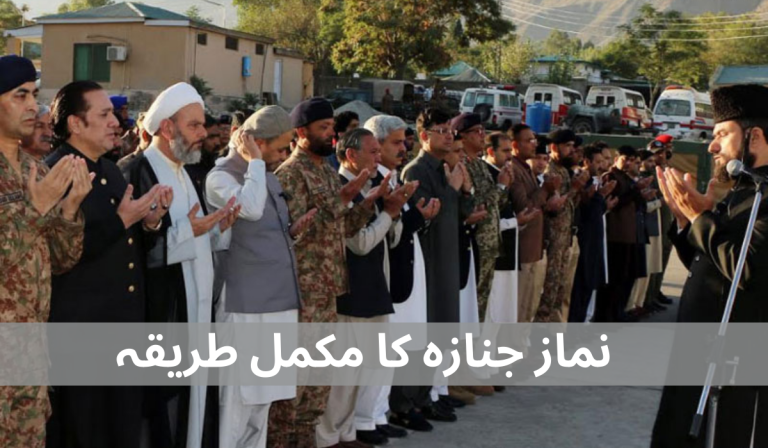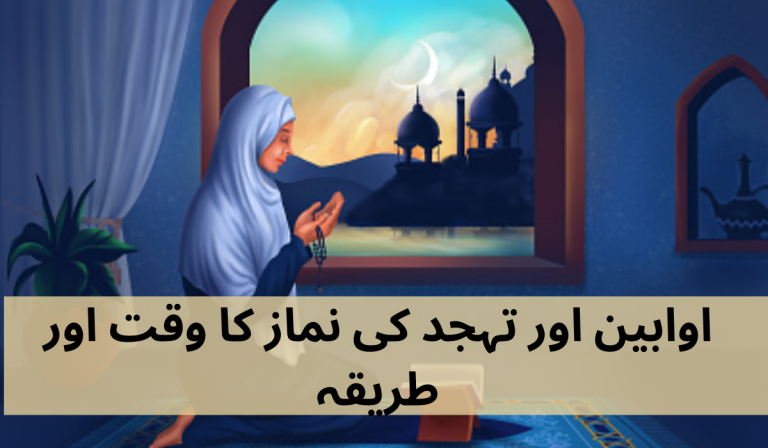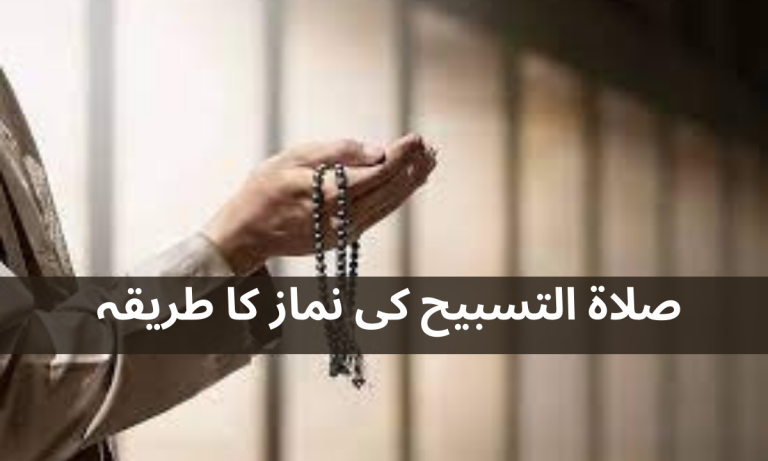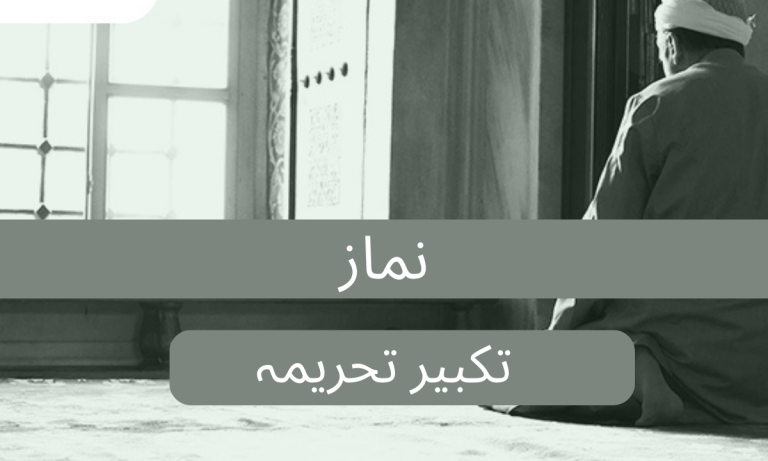The Spiritual Significance of Taraweeh Prayer in Ramadan
The Spiritual Significance of Taraweeh Prayer in Ramadan Taraweeh prayer is a special Islamic prayer performed during the holy month of Ramadan. The term “Taraweeh” means “rest,” and this prayer is recited at night.
The Spiritual Significance of Taraweeh Prayer in Ramadan
It is usually performed in multiple units of prayer called rak’ahs, and it involves the recitation of verses from the Quran. The number of rak’ahs in Taraweeh prayer can vary, commonly being 8, 12, 20, or more, depending on different mosques and communities.
Taraweeh prayer is typically offered in mosques after the evening prayer (Isha) during the month of Ramadan. During this prayer, the Imam (prayer leader) recites the Quran aloud, and the congregation follows along. Often, the Imam provides explanations and interpretations of the Quranic verses, helping the congregation better understand the message of the Quran.
The significance of Taraweeh prayer lies in its role in strengthening the spiritual connection of Muslims during Ramadan. It allows Muslims to engage in the recitation and reflection upon the Quran, fostering a sense of devotion and spirituality during this blessed month.
Rakat Of The Namaz E Tarawee
The number of rak’ahs (units of prayer) in Taraweeh prayer can vary among different Islamic traditions and communities. The most common practice is to perform 20 rak’ahs of Taraweeh prayer, divided into sets of two rak’ahs each, with a short break or rest between each set.
So, in a typical Taraweeh prayer, you would pray 2 rak’ahs, then take a short break, and continue with another 2 rak’ahs. This is repeated until you complete a total of 20 rak’ahs.
However, it’s important to note that there are variations in practice. Some mosques and communities may pray fewer rak’ahs, such as 8 or 12 rak’ahs, while others may pray more. The specific number of rak’ahs can depend on local customs, the school of thought followed, and the preferences of the congregation.
It’s advisable to check with your local mosque or follow the practice of your specific Islamic tradition or school of thought regarding the number of rak’ahs in Taraweeh prayer during Ramadan.
Tariqa (method) Of The Namaze Taraweeh
The method (Tariqa) for performing Taraweeh prayer is generally the same as that of regular Sunnah or Nafl (voluntary) prayers in Islam. Here is a step-by-step guide on how to perform Taraweeh prayer:
1. Make the Niyyah (Intention): Before starting the prayer, have a sincere intention (niyyah) in your heart that you are performing Taraweeh prayer to seek Allah’s reward and to draw closer to Him during the blessed month of Ramadan.
2. Stand and Begin the Prayer: Stand facing the qiblah (the direction of the Kaaba in Mecca) and start your Taraweeh prayer.
3. Recite Takbir al-Ihram: Raise your hands and say “Allahu Akbar” to commence the prayer. Place your right hand over the left hand on your chest.
4. Recitation of Surah Al-Fatiha: In the first rak’ah (unit), recite Surah Al-Fatiha (the opening chapter of the Quran).
5. Recitation of Quranic Verses: After Al-Fatiha, recite a portion of the Quran. The specific verses and surahs you recite can vary, but traditionally, longer surahs like Surah Al-Baqarah, Surah Al-Imran, Surah Ar-Rahman, etc., are recited over the course of the Taraweeh prayer.
6. Ruku (Bowing): After completing the recitation, bow (ruku) while saying “Subhana Rabbiyal Azim” three times.
7. Sujood (Prostration): After rising from the bowing position, go into prostration (sujood) and say “Subhana Rabbiyal A’la” three times.
8. Qa’dah (Sitting): Sit briefly between the two prostrations, and say the Tashahhud.
9. Complete the Rak’ah: After the Tashahhud, finish the first rak’ah by turning your head to the right and saying “As-salamu ‘alaykum wa rahmatullah” to conclude the rak’ah.
10. Begin the Second Rak’ah: Stand up to begin the second rak’ah and repeat steps 3 to 9. Continue this process for the desired number of rak’ahs, which can vary (commonly 20, but it can be less depending on your practice).
11. Taraweeh Dua: After completing your Taraweeh prayer, it is a common practice to make dua (supplication) to Allah. You can ask for forgiveness, guidance, and blessings for yourself, your loved ones, and the entire Muslim Ummah.
It’s important to note that Taraweeh prayer is offered in congregation at mosques, led by an Imam. However, you can also pray Taraweeh individually at home. The number of rak’ahs may vary, so you should follow the practice of your local mosque or your specific Islamic tradition.
Time Of This Namaz
Taraweeh prayer is typically performed after the Isha prayer, which is the fifth obligatory daily prayer in Islam. The exact timing for Isha and Taraweeh prayers can vary depending on your location and the method of calculation used. It is generally performed in the evening, and it’s recommended to pray it as soon as the Isha prayer time enters.
You can find the specific prayer times for your location using Islamic prayer time calculation apps, websites, or local Islamic centers. It’s important to note that Taraweeh prayer can be offered any time after the Isha prayer, so you have some flexibility in choosing when to perform it, but it is commonly done right after the Isha prayer during Ramadan.
Benefits Of The Namaz E Taraweeh
- Spiritual Connection: Taraweeh prayer provides an opportunity to strengthen one’s spiritual connection with Allah. It is a time for increased devotion, self-reflection, and seeking forgiveness.
- Increased Recitation of Quran: Taraweeh involves the recitation of Quranic verses, allowing Muslims to listen to and reflect upon the Quran’s message more frequently during Ramadan.
- Reward and Forgiveness: It is believed that the rewards for performing Taraweeh are multiplied during Ramadan. Muslims seek Allah’s forgiveness for their sins and strive for purification of the heart.
- Community and Unity: Taraweeh prayers are often performed in congregation at mosques, fostering a sense of community and unity among Muslims. People come together to worship and strengthen their bonds.
- Training in Discipline: Performing Taraweeh requires self-discipline and time management. It encourages individuals to establish a routine of prayer and devotion during Ramadan.
- Night Worship: Taraweeh is a form of night prayer, which holds a special status in Islam. Praying at night is considered a means to draw closer to Allah and seek His blessings.
- Reflecting on Quranic Verses: As the Quran is recited during Taraweeh, Muslims have the opportunity to ponder the meaning of the verses, seek guidance, and reflect on the teachings of Islam.
- Preparation for Laylat al-Qadr: Laylat al-Qadr, or the Night of Decree, is believed to fall within the last ten days of Ramadan. Performing Taraweeh prepares the believer for this special night, during which prayers and worship are highly rewarded.
- Increased Acts of Worship: Taraweeh is part of a broader program of worship during Ramadan, including fasting, giving to charity (zakat and sadaqah), and increased supplication, all of which collectively contribute to spiritual growth.
- Renewed Faith: Many Muslims experience a sense of renewal and heightened faith during Ramadan and Taraweeh. It’s a time to refocus on one’s relationship with Allah and seek His guidance and blessings.
- Community Support: Attending Taraweeh prayers in the mosque allows individuals to benefit from the spiritual atmosphere and encouragement of fellow worshippers. It can be a source of motivation and support.
Overall, Taraweeh prayer is a valuable and spiritually enriching practice during Ramadan, helping Muslims deepen their faith, connect with the Quran, and seek Allah’s blessings and forgiveness.
Conclusion
In conclusion, Taraweeh prayer, observed during the holy month of Ramadan, holds immense spiritual significance for Muslims. It offers an opportunity for increased devotion, Quranic recitation, and reflection, strengthening one’s connection with Allah.
Additionally, it fosters community unity, discipline, and a sense of renewal in faith. The practice’s numerous benefits, including multiplied rewards and preparation for Laylat al-Qadr, make Taraweeh a cherished and spiritually enriching tradition in Islam, promoting self-improvement and a deeper understanding of the Quranic teachings.





